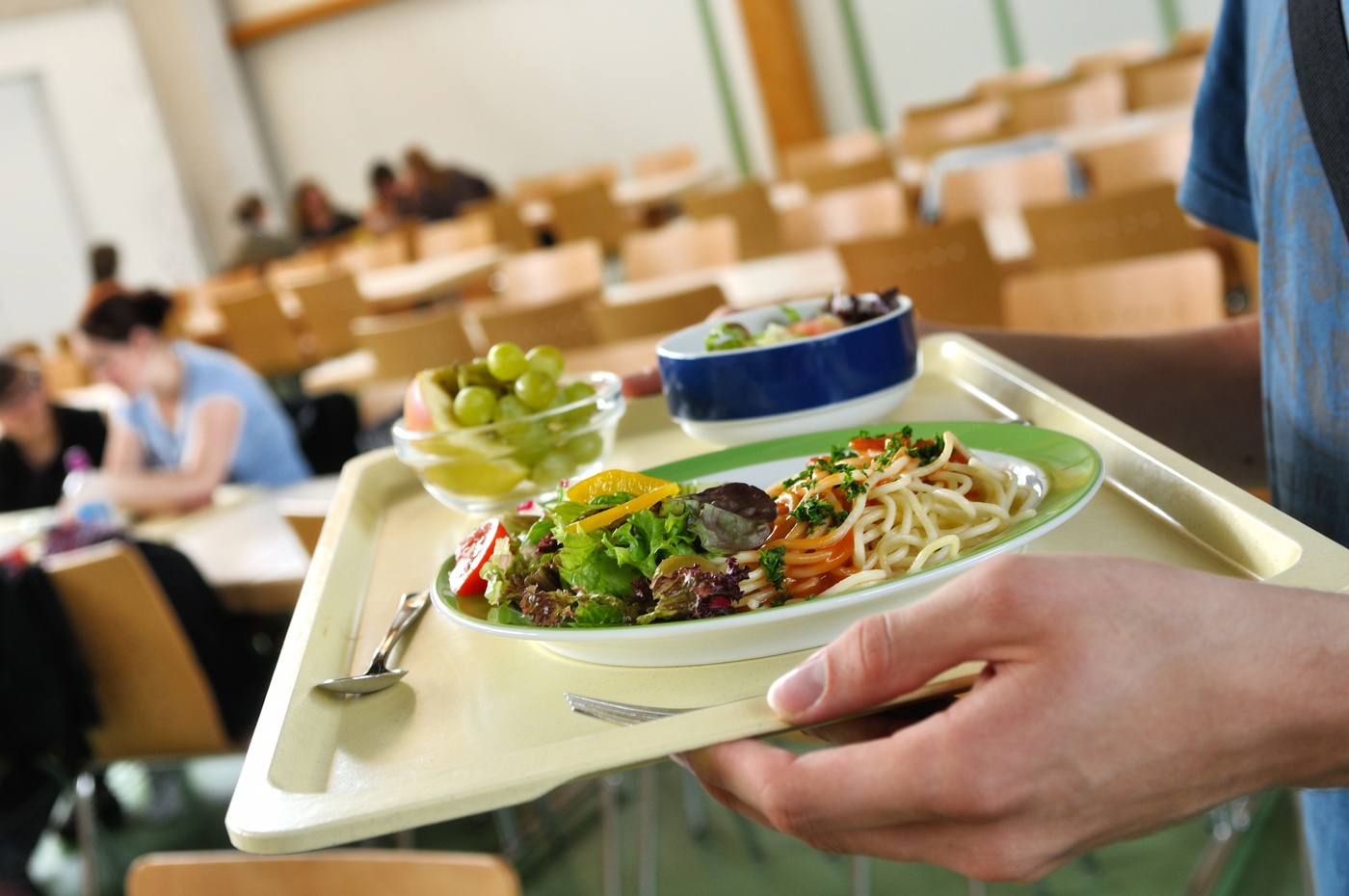Cafeteria food has long been a staple in educational institutions and workplaces alike, often serving as the primary source of nutrition for students and employees. The experience of eating cafeteria food can evoke a variety of emotions, from nostalgia for school days to the practicality of quick meals during a busy workday. Despite the mixed reviews, cafeteria food has evolved over the years, reflecting changing culinary trends and dietary needs.
For many, cafeteria food conjures memories of rectangular pizza, mystery meat, and bland vegetables. However, the landscape of cafeteria fare is shifting as more institutions strive to offer healthier and more diverse options. From farm-to-table initiatives to globally inspired menus, cafeteria food is no longer just about sustenance; it’s about providing a dining experience that is enjoyable and nutritious.
As we delve into the world of cafeteria food, we will explore its history, current trends, and the impact it has on our daily lives. Whether you’re a student reminiscing about your lunch hours or an office worker navigating the cafeteria line, understanding the evolution and future of cafeteria food can enhance your appreciation of this culinary staple.
What Are the Origins of Cafeteria Food?
The concept of cafeteria food dates back to the early 20th century, with the establishment of lunchrooms in schools and workplaces. These early cafeterias aimed to provide affordable meals to students and workers, often focusing on basic nutrition. Over the decades, cafeteria food has adapted to meet the changing needs of society, influenced by various factors including economic conditions, cultural shifts, and dietary guidelines.
How Has Cafeteria Food Changed Over the Years?
Gone are the days when cafeteria food was synonymous with bland, unappetizing meals. Today, many cafeterias are embracing culinary creativity, offering diverse menus that include vegetarian, vegan, and gluten-free options. Schools and workplaces are increasingly recognizing the importance of nutrition in fostering productivity and learning, driving the shift towards healthier food choices.
- Incorporation of fresh ingredients
- Introduction of international cuisine
- Emphasis on plant-based options
- Adoption of sustainable practices
Are There Nutritional Standards for Cafeteria Food?
Many educational institutions and workplaces are now subject to nutritional standards set by government agencies and health organizations. These guidelines aim to ensure that cafeteria food provides adequate nutrition while minimizing unhealthy ingredients like trans fats and excessive sugars. Compliance with these standards is crucial for promoting the health and well-being of students and employees alike.
What Are Common Misconceptions About Cafeteria Food?
Despite the positive changes in cafeteria food, misconceptions remain. Many people still believe that cafeteria meals are unhealthy, unappetizing, or lacking in variety. However, these perceptions often stem from outdated experiences. Today’s cafeteria food often includes fresh salads, made-to-order stations, and even gourmet options, challenging the stereotype of bland meals.
How Do Cafeteria Food Choices Impact Students and Employees?
The food choices available in cafeterias can significantly impact the health, productivity, and overall well-being of students and employees. Access to nutritious meals can enhance concentration in the classroom and improve performance in the workplace. Conversely, poor food choices can lead to negative health outcomes and decreased productivity.
What Innovations Are Shaping the Future of Cafeteria Food?
As we look toward the future, several innovations are reshaping the cafeteria food landscape. Advances in technology, such as online ordering systems and customizable meal options, are making it easier for consumers to make healthier choices. Additionally, the integration of educational programs about nutrition and cooking skills can empower individuals to make informed decisions about their meals.
Can Cafeteria Food Be Delicious and Nutritious?
The answer is a resounding yes! With the right approach, cafeteria food can be both delicious and nutritious. Many institutions are collaborating with chefs and nutritionists to create menus that prioritize flavor while adhering to health standards. By focusing on quality ingredients and innovative recipes, cafeterias can transform their offerings into meals that delight the palate without sacrificing health.
What Are Some Popular Cafeteria Food Items?
While cafeteria menus vary widely depending on the institution, several items have gained popularity over the years. Some of these include:
- Fresh salads with a variety of toppings
- Grilled chicken and fish options
- Whole grain pasta and rice dishes
- Vegetarian and vegan entrees
- Creative sandwiches and wraps
Conclusion: The Future of Cafeteria Food
As we continue to evolve our understanding of nutrition and culinary trends, cafeteria food is poised for an exciting future. With an emphasis on health, sustainability, and flavor, cafeterias can provide meals that not only nourish but also satisfy. The journey of cafeteria food reflects broader societal changes in our approach to eating, making it a fascinating topic worthy of exploration.
Discovering The Life And Journey Of Matt Peterson
Unraveling The Art Of Legwarmers Drawing
Unraveling The Enigma Of Eliz Gry: A Journey Through Life And Art


